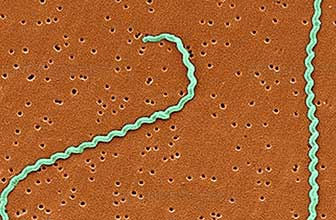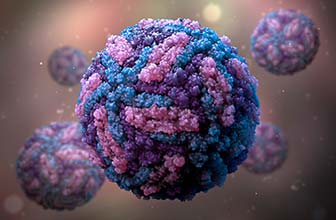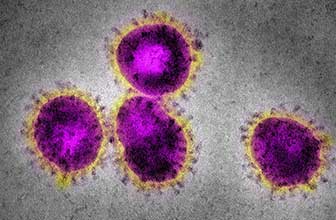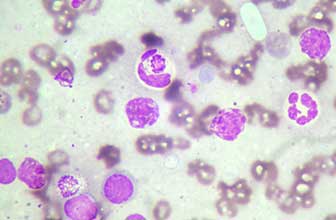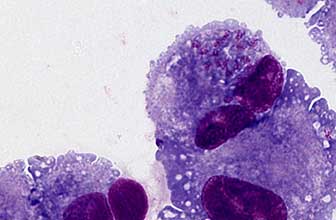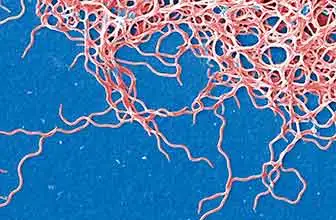Infectious disease
Hepatitis B
Hepatitis B is a serious infection that affects the liver, and it is caused by the hepatitis B virus (HBV). The transmission occurs through contact with blood, blood transfusion, semen or other fluids of the infected person, and can be passed from mother to child during childbirth. Symptoms can range from mild to severe, appearing one to four months after infection. The most common are abdominal pain, dark urine, fever, joint pain, loss of appetite, nausea, vomiting, weakness, and jaundice. However, it can lead to chronic infection, increasing the risk of liver failure, liver cancer, cirrhosis or liver scarring. Treatment consists of immune globulin injections and vaccination right after exposure to the virus. In the acute phase of the disease there is no treatment, except rest and good nutrition, sometimes requiring hospitalization to prevent complications. The chronic phase is treated with antivirals, interferon injections, or even liver transplantation. As a prevention, vaccination, safe sex and avoid direct contact with the blood of other people are recommended. The diagnosis of hepatitis B is made through blood tests to detect the virus or antibodies against it, liver ultrasound and liver biopsy. In the early phase, being asymptomatic, the disease is not usually detected. It is in the most advanced stages when it is diagnosed, having a worse prognosis, both in terms of survival and quality of life. Therefore, an early diagnosis is very important to stop the disease.
Hepatitis B and C, the most common, cause 3 million infections and 1.1 million deaths per year. It is estimated that only 10% of people infected with hepatitis B have been diagnosed and 22% of these are receiving treatment. The Western Pacific (6.2%) and Africa (6%) have the highest prevalence rates, followed by the Eastern Mediterranean (3.3%), South-East Asia (2%), Europe (1.6%) and America (0.7%).
References of Hepatitis B
RECOMBINANT ANTIGENS
Name, references, and description
HBeAg
- RAG0062
- e antigen that comprises the 10 aa pre-core sequence plus the 149-residue assembly core domain
Brochures
- Rekom Biotech catalogue
- Recombinant proteins for in vitro diagnosis of human infectious diseases
- Sexually transmitted diseases (STD)
- IVD reagents for Transfusion-Transmitted Infectious diseases
Videos
Specialists in IVD reagents for infectious disease diagnosis
We ensure a commitment to absolute confidentiality regarding all information received and generated related to your project.
-
[[carrito.product.name]]
- [[sku.sku]]
Or if you prefer...
We will analyze your request to prepare a quote tailored to your needs.
-
[[carrito.product.name]]
- [[sku.sku]]
As manufacturers, we can adapt our products to your needs.
Contact us!

